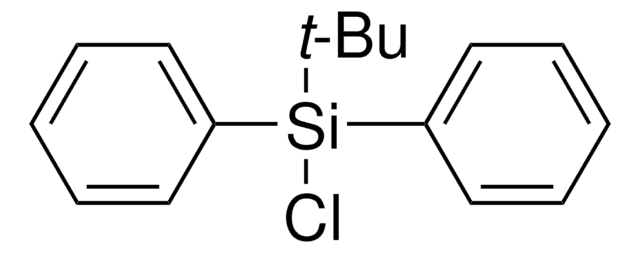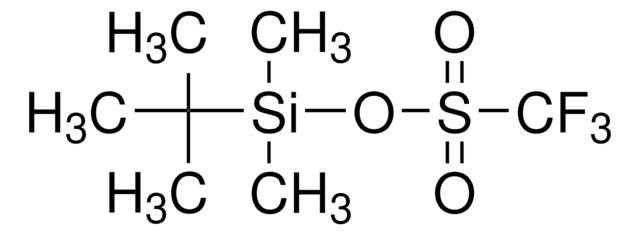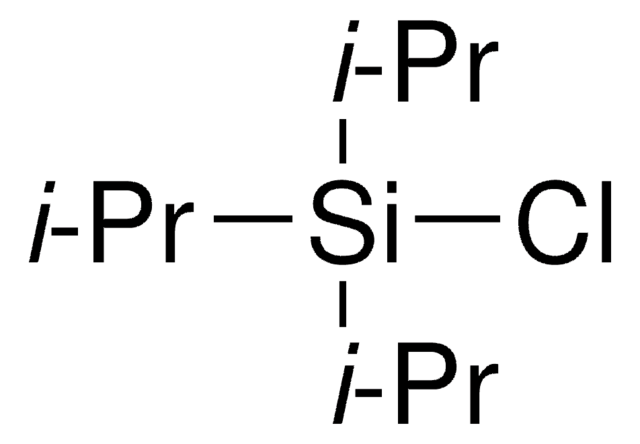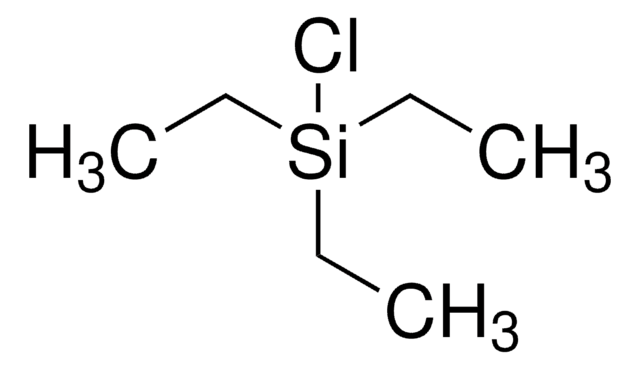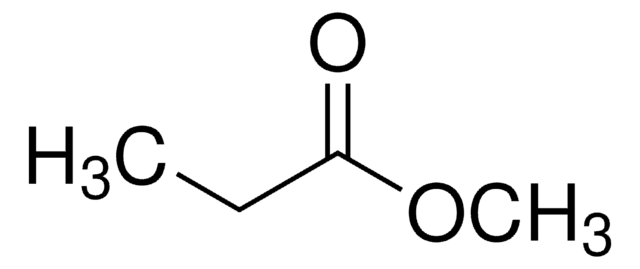Wichtige Dokumente
259942
Capronsäure-methylester
99%
Synonym(e):
Capronsäuremethylester, Methylhexanoat
About This Item
Empfohlene Produkte
Qualitätsniveau
Assay
99%
Form
liquid
Brechungsindex
n20/D 1.405 (lit.)
bp
151 °C (lit.)
mp (Schmelzpunkt)
−71 °C (lit.)
Löslichkeit
chloroform: soluble 100 mg/mL, clear
Dichte
0.885 g/mL at 25 °C (lit.)
Funktionelle Gruppe
ester
SMILES String
CCCCCC(=O)OC
InChI
1S/C7H14O2/c1-3-4-5-6-7(8)9-2/h3-6H2,1-2H3
InChIKey
NUKZAGXMHTUAFE-UHFFFAOYSA-N
Suchen Sie nach ähnlichen Produkten? Aufrufen Leitfaden zum Produktvergleich
Verwandte Kategorien
Allgemeine Beschreibung
Anwendung
- Effect of fat nature and aroma compound hydrophobicity on flavor release from complex food emulsions.: This study examines how the type of fat and the hydrophobic nature of aroma compounds, including methyl hexanoate, affect flavor release in food emulsions. The findings highlight the importance of molecular interactions in designing food products with optimized flavor profiles. (Relkin et al., 2004).
Signalwort
Warning
H-Sätze
Gefahreneinstufungen
Flam. Liq. 3
Lagerklassenschlüssel
3 - Flammable liquids
WGK
WGK 3
Flammpunkt (°F)
99.5 °F - closed cup
Flammpunkt (°C)
37.5 °C - closed cup
Persönliche Schutzausrüstung
Eyeshields, Faceshields, Gloves, type ABEK (EN14387) respirator filter
Hier finden Sie alle aktuellen Versionen:
Besitzen Sie dieses Produkt bereits?
In der Dokumentenbibliothek finden Sie die Dokumentation zu den Produkten, die Sie kürzlich erworben haben.
Kunden haben sich ebenfalls angesehen
Unser Team von Wissenschaftlern verfügt über Erfahrung in allen Forschungsbereichen einschließlich Life Science, Materialwissenschaften, chemischer Synthese, Chromatographie, Analytik und vielen mehr..
Setzen Sie sich mit dem technischen Dienst in Verbindung.


